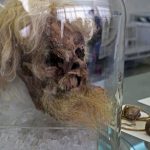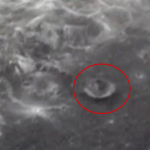#SuperbOwl day is today!
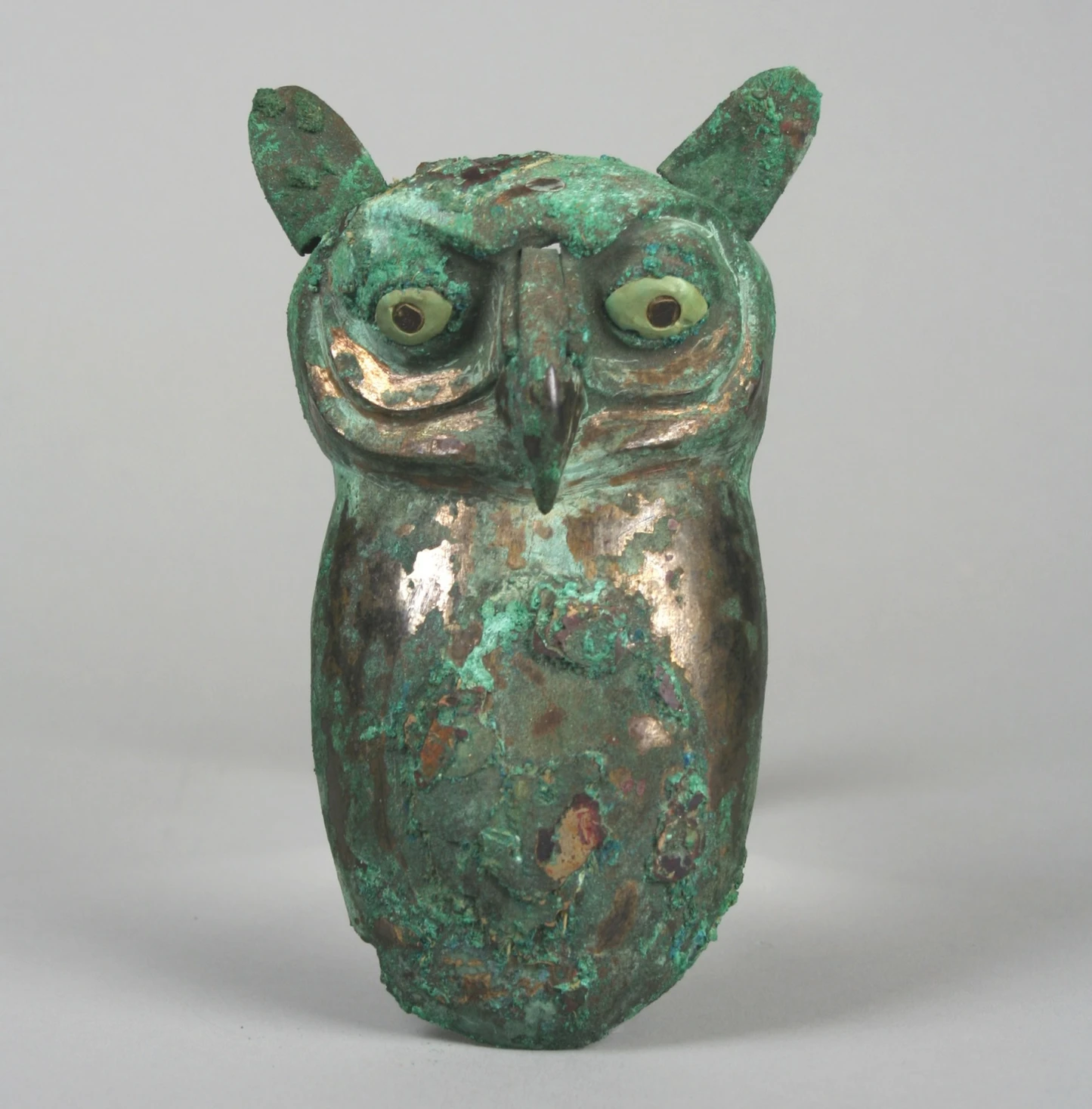
This is as good a day as any to honour the remarkable variety of owls represented in ancient art. Here’s a few of my current favourites.
1. Barn owl in relief, ca. 400-100 BCE, Egypt.
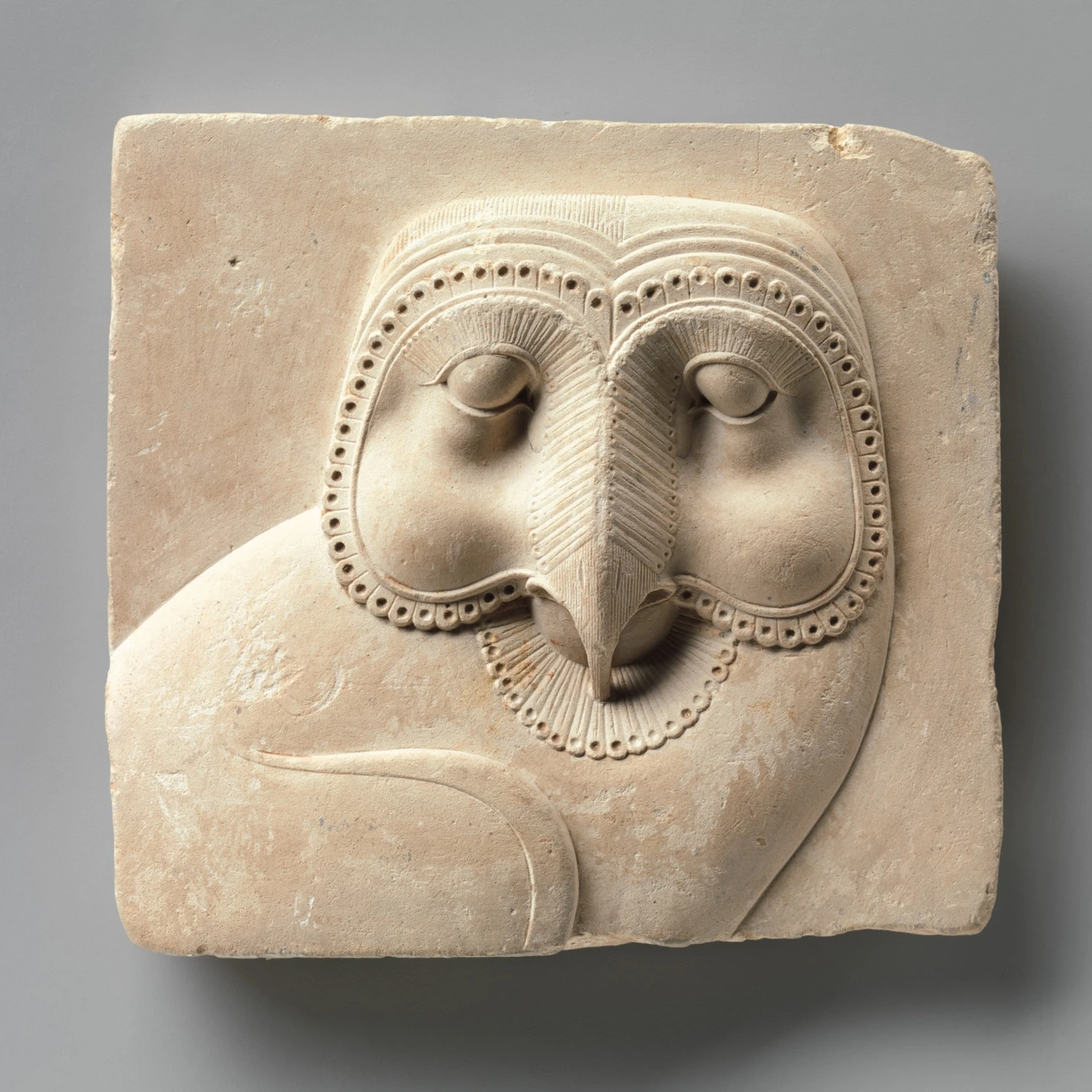
Relief of a barn owl on a limestone plaque from Egypt, ca. 400-100 BCE. Dimensions: 10 x 11 cm. New York: Metropolitan Museum of Art, 07.228.11..
A limestone plaque from Egypt with the upper part of an owl carved in high relief, thought to be an artist’s model and/or votive donation to a temple. The stylisation and detailed modeling make this representation exquisite. In terms of pose—side view of body with frontal view of the face—this owl is broadly similar to the hieroglyphic owl (used for the letter ‘m’). This owl is missing the ‘ear tufts’ we often see in the hieroglyphic sign, so presumably this representation is of the barn owl rather than the eagle owl that is often represented. The barn owl is a frequent visitor to Egyptian temples, finding excellent roosting spaces in the high ceilings. Like all animals, birds have special connections to the gods; the owl may have been associated with protection.
2. Copper owl ornament with silver overlay, ca. 6th or 7th century CE, Peru

Silvered copper owl ornament from Loma Negra, Peru. Ca. 6th or 7th century CE. New York: Metropolitan Museum of Art (1987.394.28)
Peruvian art is outside my wheelhouse, but I decided to share this delightful ornament anyhow. About 13.5cm in height, it is made out of copper, coated with silver, with shell eyes for inlays. Currently located in the Met (1987.394.28). The Met’s website isn’t very forthcoming, but they attribute the ornament to the Moche culture, a term used to refer to the artifacts of a people living in the deserts below the Andes along the coast of northern Peru, near present day Moche, from ca. 100 to 750 CE.
3. Attic cup with owl dressed as a soldier, ca. 400 BCE
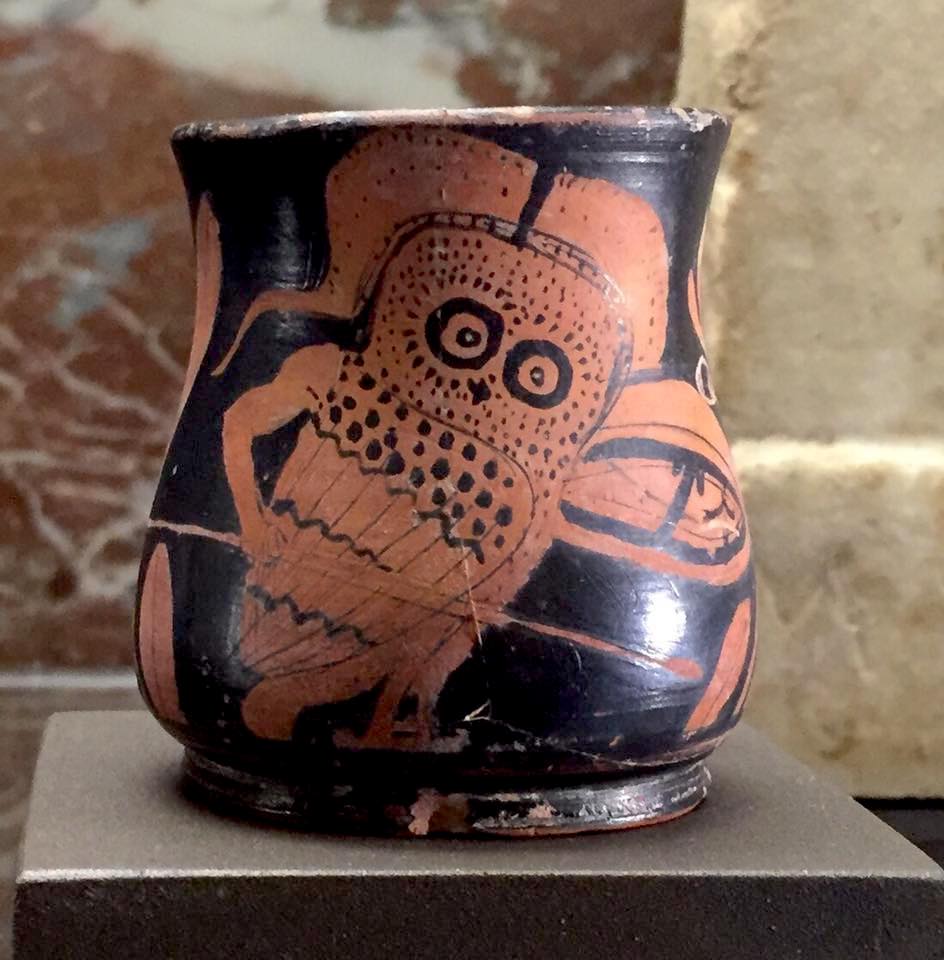
Red-figure Attic cup depicting an owl dressed as a hoplite. Ca. 400 BCE. Paris: Louvre (CA 2192).
You can’t have Superb Owl day without an owl skyphos (cup). It has a single vertical handle on the other side (not pictured here, but click through the image and you will be taken to other views). These small cups typically feature an owl on either side of the cup, flanked by olive leaves, and become popular among Attic potters in the 5th century and were exported widely. The owl appears in various media and contexts in Greek art. Eventually, the owl becomes associated with Athena, the eponymous goddess of Athens, and becomes not only her symbol, but symbol of the city; for example, it prominently features on the city’s coinage. This particular cup is a fascinating variation. Although most owl skyphoi show an owl in a more or less natural state, this owl has been anthropomorphized (check out the muscles on that arm!) and given a spear, shield, and helmet crest. It is perhaps a reference to Athena in her role of defender of Athens and goddess of military might.





